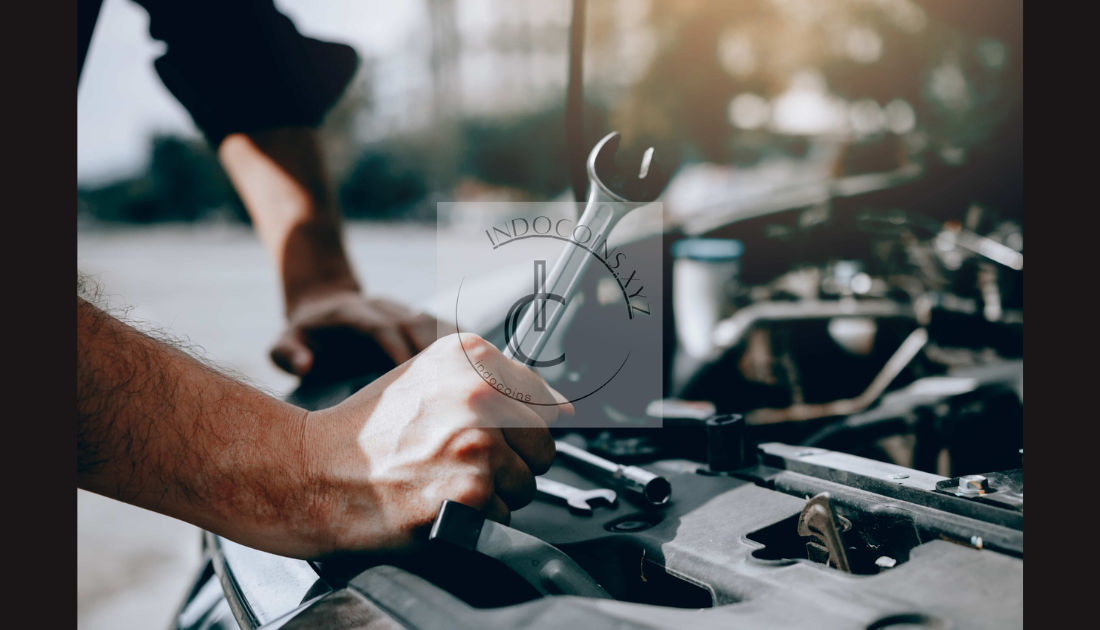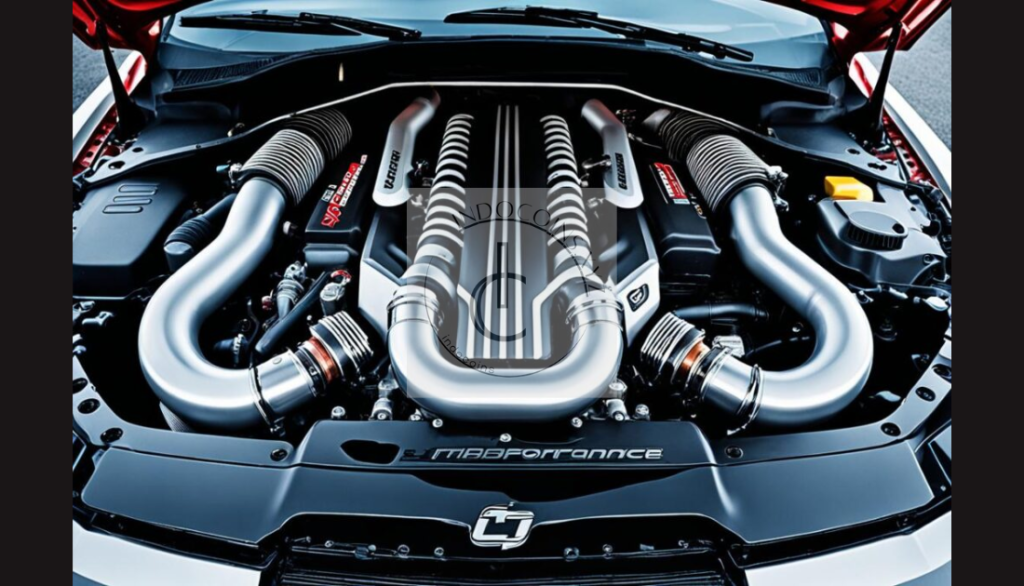Blog
Essential Upgrades: Top Parts for Older Cars to Boost Performance and Longevity
Owning an older car comes with a special sense of pride. However, keeping it running smoothly requires the right maintenance and upgrades. Many older vehicles can benefit greatly from modern replacement parts that enhance reliability, safety, and performance. In this article, we’ll explore the top parts for older cars that help keep them on the road longer, allowing you to enjoy your classic ride with confidence.
Section 1: Upgrading the Braking System
Safety is paramount when it comes to older cars, and a well-functioning braking system is essential. Brake parts, including pads, rotors, and calipers, tend to wear down over time. Upgrading these components not only improves braking efficiency but also enhances safety. Consider high-performance brake pads or modern disc brakes, which offer more stopping power than older drum brakes.
Brake Pads and Rotors:
Replacing brake pads and rotors is one of the most effective ways to improve braking. Look for ceramic or semi-metallic pads, which provide better heat resistance and longevity. Additionally, upgrading to ventilated rotors can help prevent overheating during extended drives.
Transition to the next section: Alongside brakes, upgrading suspension parts is also crucial for a smoother ride.
Section 2: Enhancing the Suspension System
Older cars often have outdated suspension systems, which can lead to a bumpy and less comfortable ride. Replacing suspension components like shocks, struts, and bushings can significantly improve handling and comfort. Modern suspension parts are designed to withstand various driving conditions, making them ideal for extending the life of older vehicles.
Shocks and Struts:
New shocks and struts offer better shock absorption, reducing the impact of road imperfections. This upgrade not only enhances driving comfort but also reduces wear on other parts of the car, such as the tires and steering components.
Transition to the next section: Speaking of tires, choosing the right ones is essential for maintaining grip and control.
Section 3: Investing in Quality Tires
Tires are a critical part of any vehicle, especially older cars. Investing in high-quality, modern tires improves traction, fuel efficiency, and safety. For older vehicles, all-season tires or performance tires are often a good choice, depending on your driving needs. When selecting tires, make sure they are the correct size and rating for your vehicle.
Tire Maintenance:
To maximize the lifespan of your tires, regularly check tire pressure and alignment. Properly inflated tires enhance fuel economy and reduce the risk of uneven wear, saving you money in the long run.
Transition to the next section: While tires are crucial, upgrading the engine components can make a big difference as well.

Section 4: Upgrading Engine Components for Better Performance
For older cars, certain engine components may need replacement to improve performance. Spark plugs, filters, and ignition coils are common parts that benefit from upgrading. Modern spark plugs, for instance, ignite more efficiently, leading to better fuel combustion and mileage.
Air Filters and Fuel Injectors:
Upgrading air filters and cleaning or replacing fuel injectors can enhance fuel efficiency and engine power. High-performance air filters improve airflow, allowing the engine to breathe better. In turn, this can improve acceleration and overall engine health.
Transition to next section: Besides the engine, electrical components in older cars also require attention.
Section 5: Electrical System Upgrades for Reliability
Many older cars have outdated electrical systems that can lead to problems like dim lights, slow starts, or even battery issues. Replacing old batteries, upgrading alternators, and installing modern wiring can help improve the reliability of your vehicle’s electrical system.
LED Lighting:
Switching to LED lights for headlights, taillights, and interior lighting is a great upgrade. LEDs are more energy-efficient, brighter, and longer-lasting than traditional bulbs. This enhances visibility, which is especially useful for night driving.
Transition to next section: With the electrical system sorted, focus on replacing worn-out cooling components to prevent overheating.
Section 6: Cooling System Replacement for Long-Term Health
An efficient cooling system is essential to keep an older car’s engine from overheating. Radiators, hoses, and water pumps often wear out over time, making replacements necessary. Upgrading the radiator to a more modern, efficient model can improve cooling, especially in hot weather or during long drives.
Radiator and Hoses:
Consider replacing your old radiator with an aluminum one, which dissipates heat better than older copper designs. Also, check hoses for any signs of cracks or leaks, as damaged hoses can lead to coolant leaks and overheating.
Transition to conclusion: These upgrades and replacements contribute to a well-maintained, reliable vehicle.
Conclusion: Extend Your Car’s Life with Quality Parts
Keeping an older car on the road involves more than basic maintenance—it requires thoughtful upgrades and replacements. By investing in the top parts for older cars, including brakes, suspension, tires, and engine components, you can ensure your vehicle remains safe, reliable, and enjoyable to drive. Whether you’re restoring a classic or simply prolonging the life of a daily driver, these essential parts will help maintain performance and longevity.
Remember, each replacement part plays a role in extending the life of your car and keeping it roadworthy. With these upgrades, you can continue to enjoy your car’s charm and performance for years to come.

